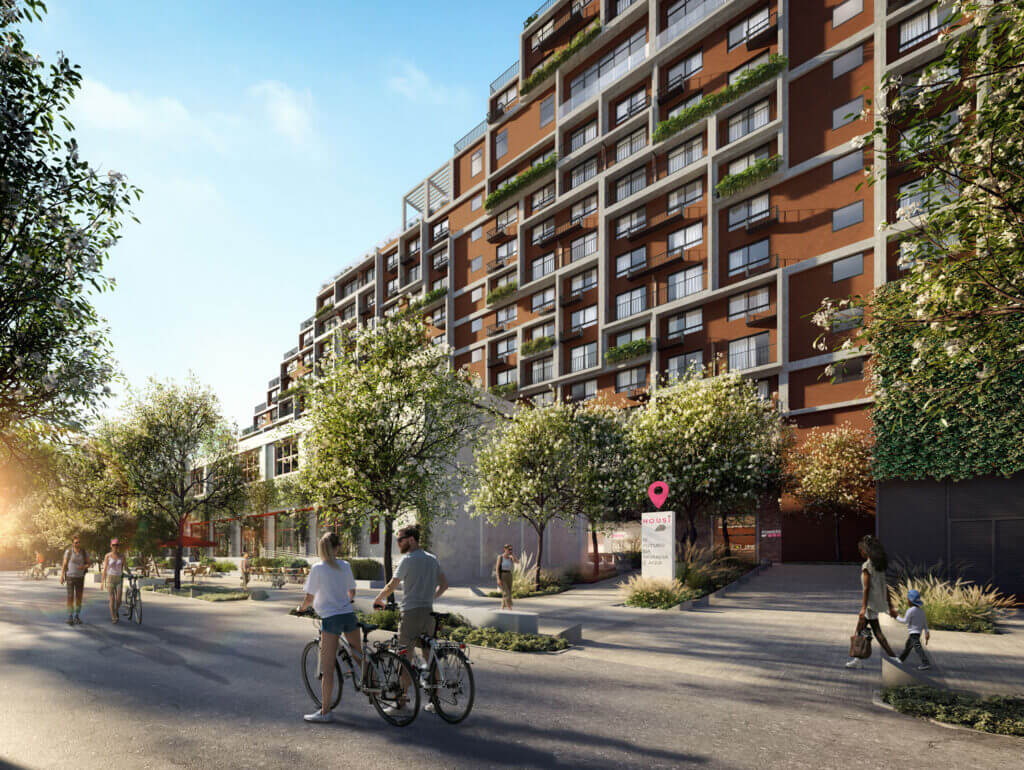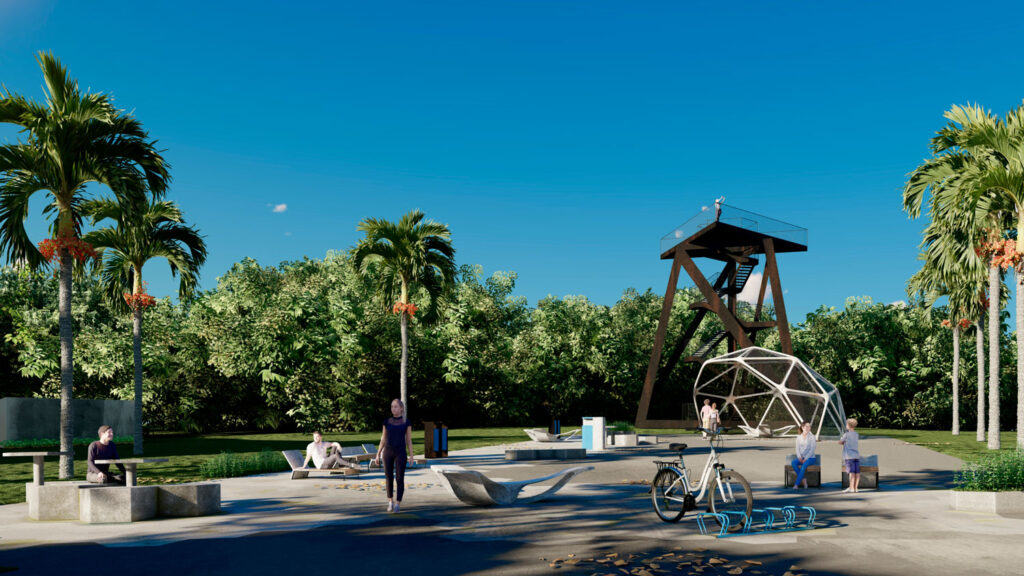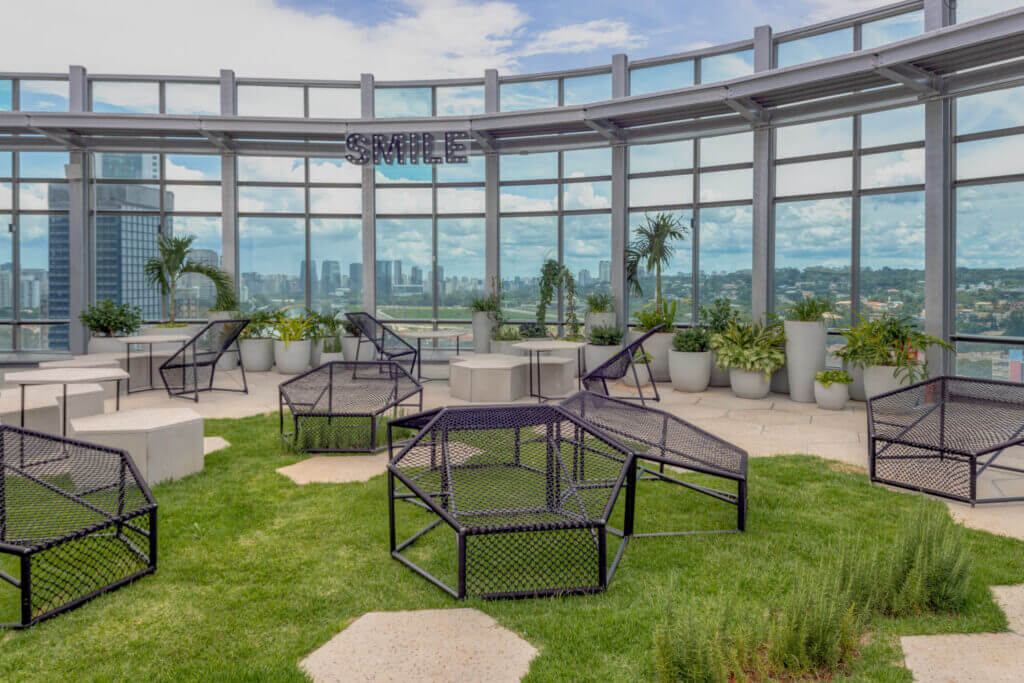The impact of architecture on people's mental health is an often overlooked topic. Much more than fulfilling functional aspects, architecture aims to build pleasant living spaces that effectively improve the lives of all those who use them.
Architecture and well-being are concepts that are closely intertwined. The layout of an environment can help increase productivity, levels of satisfaction and even contribute to the reduction of stress. Want to know how? In this article, we will explain the relationship between architecture and mental health in more detail. Check the next topics.
How does architecture influence mental and physical health?
According to data released by the World Health Organization (WHO), adults live about 80% to 90% of their time indoors. Therefore, the inherent impact that these spaces have on the physical and mental health of individuals can be seen.
However, these influencing factors on well-being are not always evident to everyone. An element as simple as a wall color, for example, can help to keep the mood calmer, or incite feelings of restlessness.
That's why architects and other construction professionals play such an important role in maintaining well-being in indoor spaces. Its expertise and intuition help build more optimized properties, providing greater convenience.
This can be applied in offices, for example, to increase productivity and employee satisfaction levels, but also in homes. A home with adequate ventilation and lighting can help control and prevent respiratory diseases, in addition to optimizing the use of resources, such as electricity.
Accessibility is also a priority in wellness architecture. It is important to ensure that all users of the environment will have free access to spaces, without being limited by their physical aspects. This applies to people with disabilities, of course, but also to pregnant women, the elderly and other people with walking difficulties.
What are the architectural techniques to generate more comfort for the body and mind?
There are several techniques used by architects to promote more well-being through architecture. Some techniques can be as simple as using calming colors, or as sophisticated as planning the placement of furniture to improve ventilation flow and lighting in space.
Understand some of the main techniques of architecture and well-being below:
- Use natural elements such as woods and plants;
- Maximize light absorption and ventilation with large, clear windows;
- Take care of the dimensioning of the furniture in order not to impair the movement of people;
- Use wide doors and corridors, facilitating the movement of people with disabilities;
- Choose pleasant colors;
- Provide environments with thermal comfort.
It is also important to highlight that, in order to maximize the feeling of comfort in indoor environments, architects and engineers need to carry out projects that fit the needs of their clients.
Has the pandemic changed the architecture market?
The architecture market has certainly been greatly impacted by the coronavirus pandemic. Between interrupted works and projects with no deadlines for resumption, the impact on the interior design sector was also notable.
Despite this, segment experts are optimistic about the return of projects. With the popularization of the home office, the demand for suitable workspaces within the home has increased. In addition, companies are also increasingly paying attention to the importance of architecture and well-being in the work environment, so it is possible that the demand for renovations of this type will also increase.
Market experts also point out that construction material stores were not prevented from operating, showing the importance of the segment for the economy.





